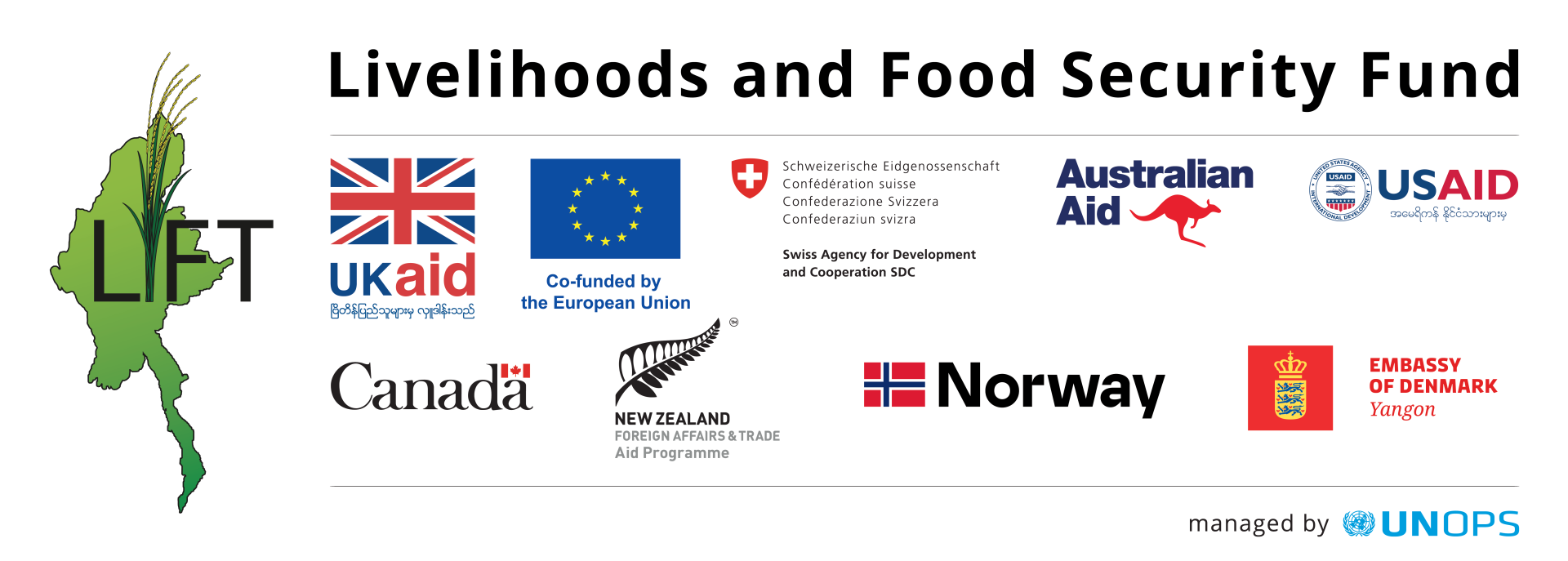
A new nationwide study looks into socio-economic status, vulnerabilty, and access to social assistance in rural communities. Undertaken by the Department of Rural Development with the Social Policy and Poverty Research Group (SPPRG), the authors propose methods for poverty reduction in light of the key findings.
The "Dimensions of Poverty, Vulnerability and Social Protection in Rural Communities in Myanmar" study was funded by the Food and Agriculture Organisation (FAO) and LIFT, and is based on 160 interviews and 22,000 surveys in households across rural Myanmar.
The research found that around 24 per cent of the population surveyed is highly vulnerable to shocks and adversity, particularly households that are:
- headed by women
- dependent on casual labour
- landless
- include persons with disabilities
- in fishing communities.
Most rural households are engaged in agricultural livelihoods, but are often only able to find casual labour. Less than 20 per cent of people reported a regular source of income.
Social assistance is particularly hard to come by for fishing communities, poor and female-headed households, and households with low social capital. Less than 25 per cent of households reported receiving assistance from government sources, and vulnerable households are most likely to receive assistance in the form of loans.
Debt repayments constitute a high percentage (approximately 12 per cent) of households’ monthly income, and over 50 per cent of households reported borrowing from high-risk lenders.
While social capital is generally high and the majority of communities have traditional social organisations that provide social assistance, women and persons with disabilities have relatively low levels of participation in community events. The report also found that landless households experience higher degrees of vulnerability in all areas except livelihood diversity, and about half of all rural households surveyed reported not owning land.
The research found that rural households primarily describe the dimensions and causes of poverty in terms of livelihoods, income, and assets, and households believe that poverty reduction will result from access to low-interest credit, opportunities for youth, and micro-enterprise.
As to be expected, it was found that livelihood diversity is strongly linked to lower poverty rates, higher levels of social capital, and higher rates of school attendance.
Read the report abstract here.
Find FAO's workshop paper presenting the study findings here.


